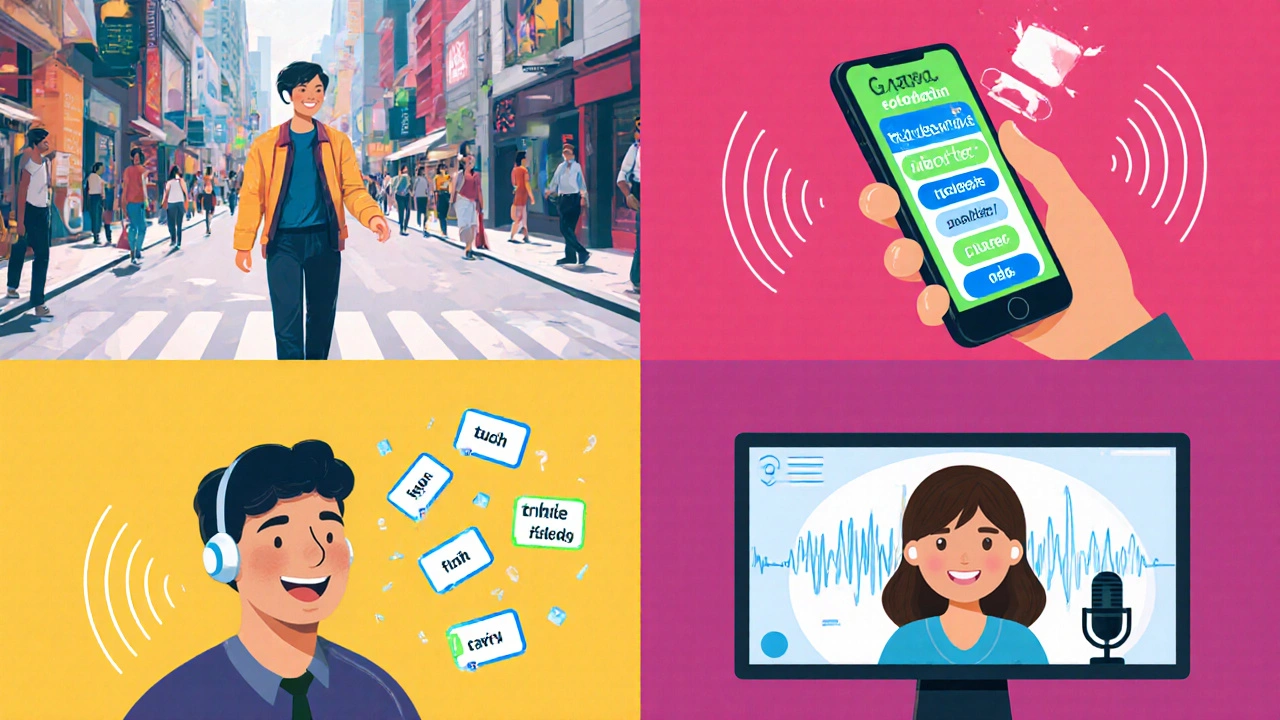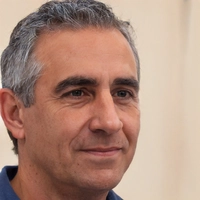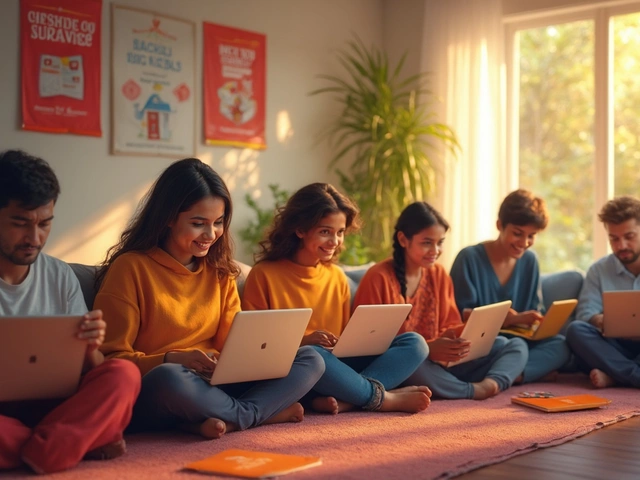
Fastest, Most Efficient Way to Learn English in 2025
B2 Level English Timeline Calculator
Calculate Your B2 Timeline
When it comes to English language learning is the process of acquiring speaking, listening, reading and writing skills in English, efficiency matters more than sheer hours. Many people jump straight into textbook drills, only to hit a plateau months later. The good news? You can speed up progress by combining proven techniques, tech tools, and real‑world practice. Below is a step‑by‑step roadmap that lets you learn English fast without burning out.
1. Set a Clear, Measurable Goal
Goal‑setting isn’t just for fitness; a concrete target tells your brain where to focus. Decide whether you need conversational fluency for travel, a professional accent for meetings, or a test score for university. Write it down as a SMART objective - e.g., “Reach B2 level on the CEFR within six months by completing 5 hours of speaking practice per week.” This single sentence becomes the north star for every learning activity you choose.
2. Choose a Core Learning Method
Most learners rely on one main approach, but the fastest results come from a hybrid. Below is a quick comparison of the four most effective methods in 2025:
| Method | Time Investment per Week | Typical Progress (Months to B2) | Cost | Best For |
|---|---|---|---|---|
| Immersive Listening | 5-7 hrs | 4-5 | Free-$20 (subscriptions) | Audio‑oriented learners |
| Spaced Repetition | 3-4 hrs | 3-4 | Free-$15 (apps) | Vocabulary‑heavy learners |
| Language Exchange | 2-3 hrs | 2-3 | Free | Social learners |
| Online Speaking Courses | 4-6 hrs | 2-3 | $30-$150 per month | Goal‑oriented professionals |
3. Immersive Listening - Turn English into Background Noise
Immersive Listening is the habit of surrounding yourself with native‑level audio (podcasts, audiobooks, news) while doing other tasks. The brain picks up rhythm, intonation, and common collocations without the pressure of active speaking. Start with easy podcasts like "BBC Learning English" and graduate to full‑episode shows such as "The Daily" from The New York Times. Aim for at least 30 minutes a day; increase to 90 minutes once you’re comfortable.
- Play at 1.25× speed after the first week to boost comprehension.
- Write down unfamiliar phrases and look them up later.
- Use the "shadowing" technique: repeat a sentence aloud after hearing it.
4. Spaced Repetition - Make Vocabulary Stick
Spaced Repetition is a learning algorithm that schedules reviews just before you’re about to forget a word. Apps like Anki, Quizlet, and Memrise handle the schedule automatically. Create decks that focus on high‑frequency words (the 2,000‑word core) and add a few idioms each week.
- Import a pre‑made “Academic Word List” deck.
- Spend 10-15 minutes each morning reviewing new cards.
- Mark truly unknown words as “hard” - the app will surface them more often.
Studies in 2023 showed that spaced‑repetition learners retain 35% more vocabulary after six months compared to rote memorization.

5. Language Exchange - Practice Real Conversation
Language Exchange is a reciprocal partnership where you help a native speaker learn your language while they help you practice English. Platforms like Tandem, HelloTalk, and Speaky match you with partners based on interests and proficiency.
- Schedule 30‑minute video calls twice a week.
- Follow the “30‑30 rule”: first 30 minutes in English, second 30 minutes in the partner’s language.
- Keep a shared Google Doc for new vocab and feedback.
Seeing how native speakers phrase ideas instantly improves your instinct for natural sentence structure.
6. Online Speaking Courses - Structured, Guided, and Measurable
Online Speaking Courses are live or recorded lessons focused on pronunciation, fluency, and confidence. In 2025 the market is flooded with options, but a few stand out:
- EF English Live: 24/7 teacher access, custom lesson plans, and a built‑in progress tracker.
- Preply: pay‑per‑hour tutors, flexible scheduling, and a rating system to find the best accent coach.
- BBC Learning English - Speaking Skills: free video series with clear exercises.
Pick a course that aligns with your goal, commit to at least two live sessions per week, and always record yourself. Listening back reveals hidden pronunciation gaps.
7. Pronunciation Apps - Fine‑Tune Your Accent
Apps like Elsa Speak and Pronuncian use AI to compare your speech to native models. They give instant feedback on vowel length, stress patterns, and intonation.
- Do a 5‑minute daily drill on challenging sounds (e.g., /θ/ vs /ð/).
- Export your progress reports and share them with your tutor.
Consistent micro‑practice of 5 minutes beats a half‑hour of unfocused conversation.
8. Grammar Drills - Build a Solid Foundation
Grammar doesn’t have to be boring. Use interactive sites like British Council LearnEnglish or Cambridge English that turn rules into games. Focus on the most common error zones for learners:
- Verb tenses (present perfect vs simple past).
- Article usage (a, an, the).
- Prepositions (in, on, at).
Spend 10 minutes after each listening or speaking session to correct the sentences you produced. This “error‑repair loop” solidifies accuracy.

9. Build a Personal Feedback Loop
The fastest learners treat every activity as data. Here’s a simple weekly audit:
- Log hours spent on each method (listening, speaking, vocab, grammar).
- Rate your confidence on a 1‑10 scale for each skill.
- Identify the two biggest obstacles and plan a micro‑intervention (e.g., extra pronunciation practice).
Review this log every Sunday; adjust the next week’s schedule. The habit of reflection accelerates improvement more than any single technique.
10. Stay Motivated - Celebrate Small Wins
Learning a language is a marathon, not a sprint. Celebrate when you can order coffee entirely in English, watch a sitcom without subtitles, or pass a mock IELTS speaking test. These milestones reinforce the brain’s reward system and keep you moving forward.
Key Takeaways
- Combine immersive listening, spaced repetition, language exchange, and a structured speaking course.
- Set a concrete, time‑bound goal and track weekly metrics.
- Use tech tools (AI pronunciation apps, flashcard apps) for personalized feedback.
- Reflect weekly to fine‑tune your plan.
- Celebrate progress to sustain motivation.
Frequently Asked Questions
How many hours per week are needed to reach B2 level?
Most learners achieve B2 after 6-8 months with a consistent 10-12 hours per week, split between listening, speaking, vocab review, and grammar practice.
Can I become fluent without spending money on courses?
Yes. Free resources like BBC Learning English, YouTube channels, language‑exchange apps, and spaced‑repetition tools can get you to conversational fluency. Paid courses speed up progress but aren’t mandatory.
What’s the best way to improve my accent?
Use AI‑driven pronunciation apps like Elsa Speak for daily 5‑minute drills, record yourself speaking, and compare to native audio. Pair this with a weekly session with a pronunciation‑focused tutor.
How does spaced repetition differ from ordinary flashcards?
Spaced repetition schedules reviews based on forgetting curves, so you see each word right before you’d forget it. Ordinary flashcards repeat at fixed intervals, which is less efficient.
Is it better to study alone or with a partner?
Both have value. Solo study (listening, vocab) builds a knowledge base, while a partner forces you to produce language in real time. The most efficient plan mixes the two.






Write a comment